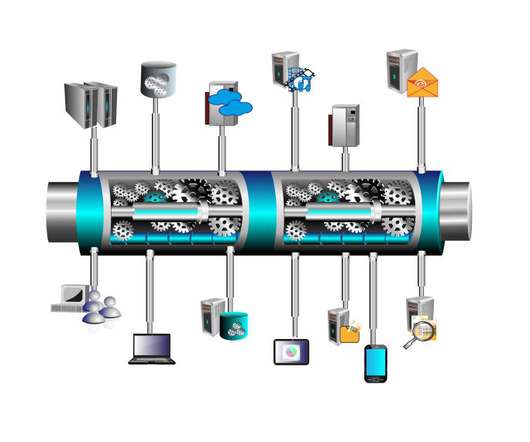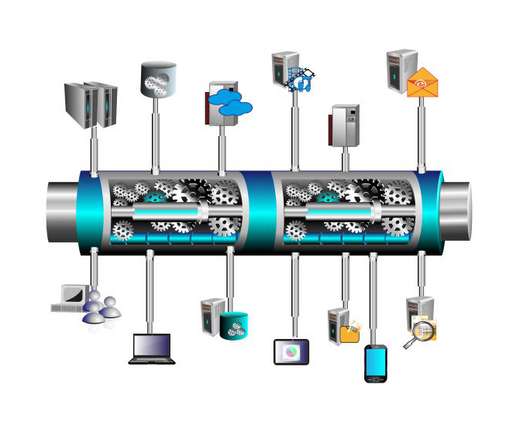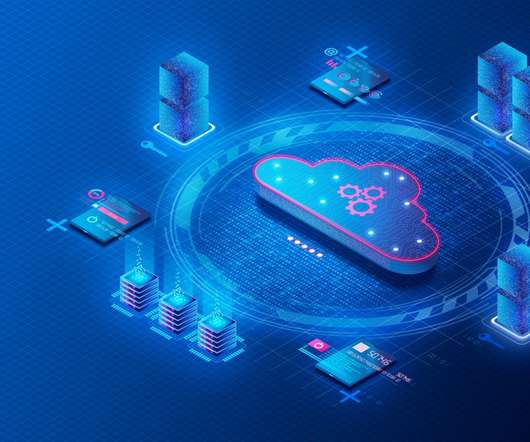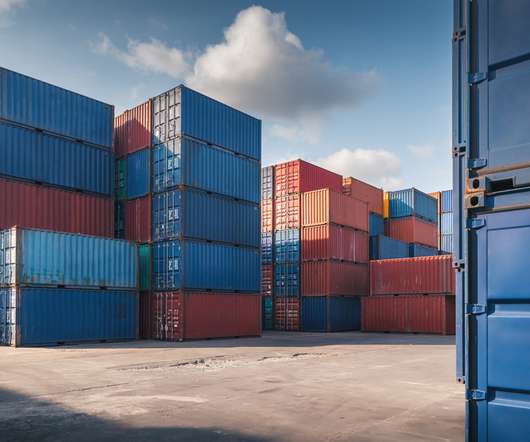What is Cloud Computing? According to ChatGPT.
High Scalability
DECEMBER 16, 2022
Cloud computing is a model of computing that delivers computing services over the internet, including storage, data processing, and networking. It allows users to access and use shared computing resources, such as servers, storage, and applications, on demand and without the need to manage the underlying infrastructure.


























Let's personalize your content